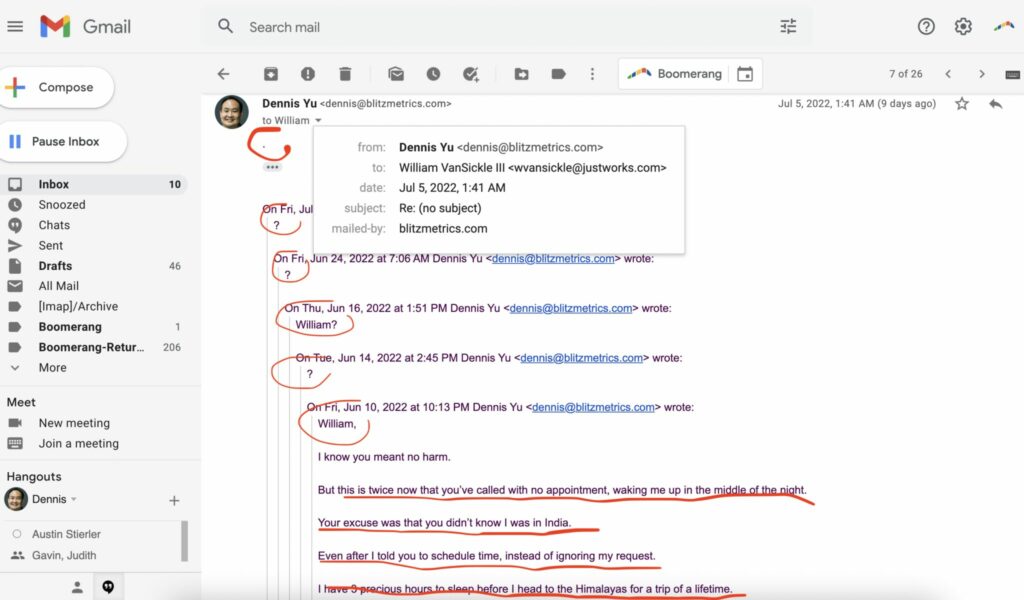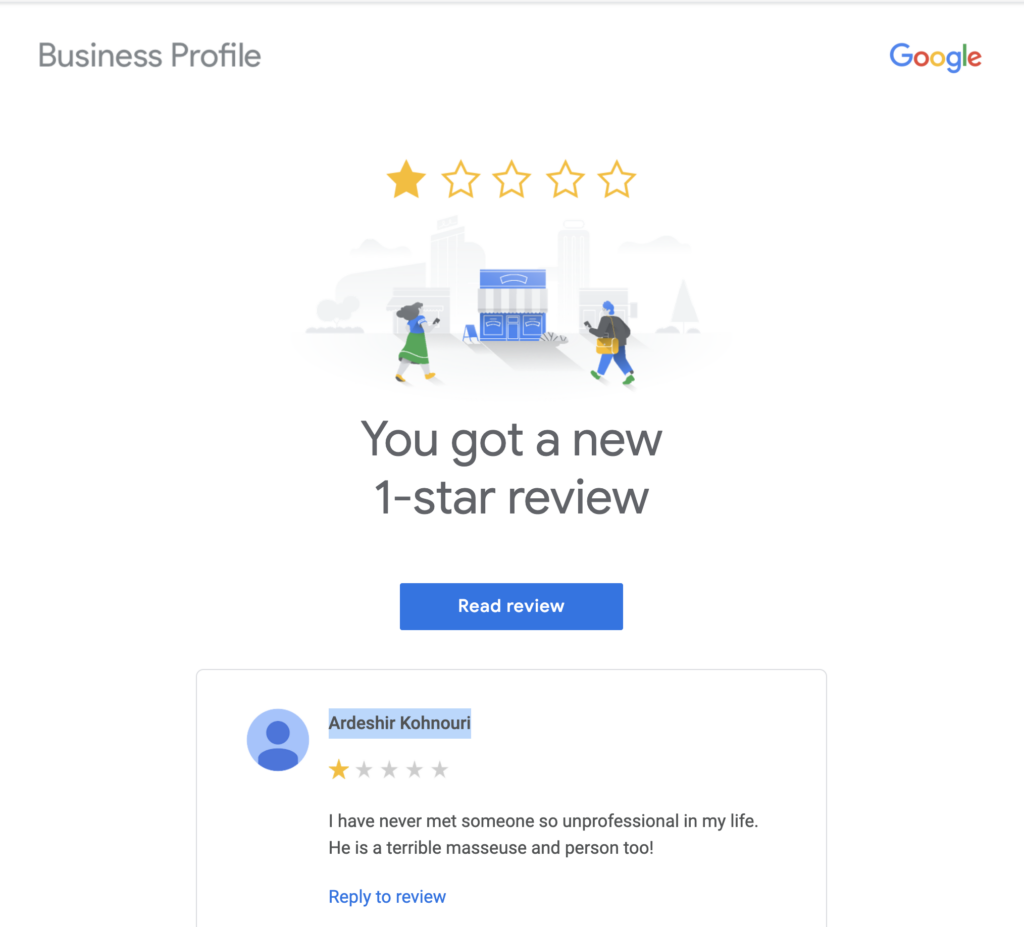How we are Transforming Sarasota with EternaTurf
I’ve always had a passion for creating beautiful, functional spaces. Whether helping with home improvement projects or rearranging a room to give it a fresh look, I loved seeing how small changes could completely transform an environment. That passion grew into something bigger: EternaTurf Sarasota. With Eternaturf, I combine my love for design, innovation, and […]
How we are Transforming Sarasota with EternaTurf Read More »




